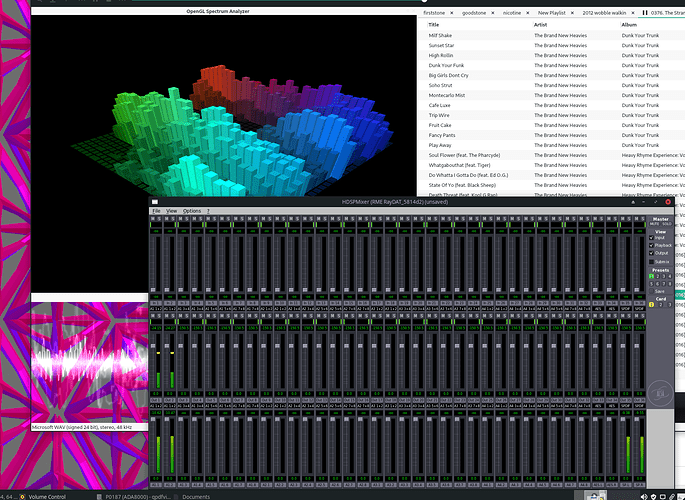hi all. im running a studio for electronic music in berlin and am on linux for the last 10 years. switched from ubuntu to manjaro 6 months ago.
now im for the umpteenth time infuriated by the state of linux audio. i just wasted 2 nights trying to move it all to jack. i already wrote a long post on how to get it all up and running but that got lost in the crash. after two nights of fumbling around my freshly installed system looks unstable. i have a mess of alsa, pulseaudio, jack but nothing is working correctly. one of the problems seems to be that i have to run cadence in supseruser mode which took me one night to figure out. qjack doesnt have that problem.
is there a foolproof way on how to get jack up and running? main problem seems to be that every application seems to start up something different that is not compatible with the rest. pulseaudio is started by the system but cadence starts it up again then we have two incompatible pulseaudio versions running. etc. i want to get rid of everything and just run a clean alsa/pulseaudio/jack. after 10 years of linux i still cant do it. ridiculous.
i think the main problem in linux audio is that its draggin old stuff around that could easily be replaced. ans its absolutely nontransparent because whatever is going on under the hood is not easily visible.



